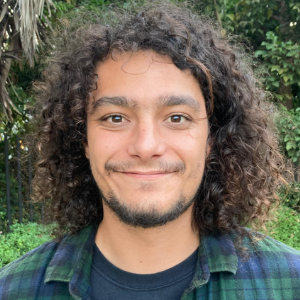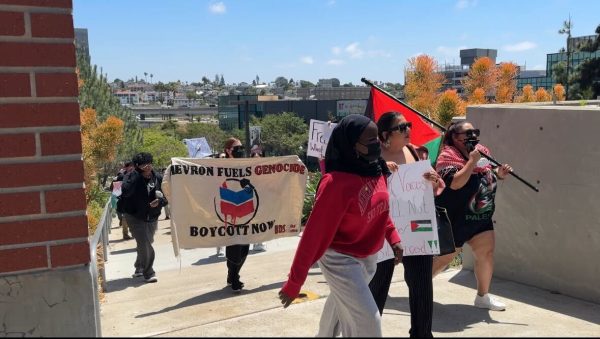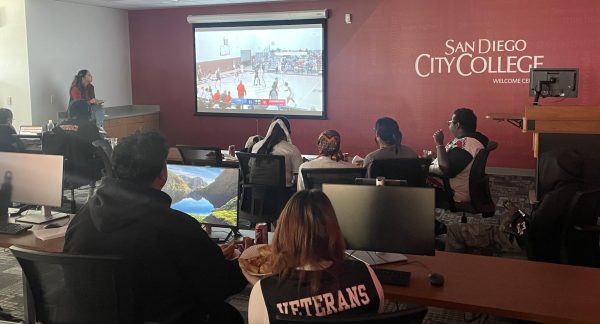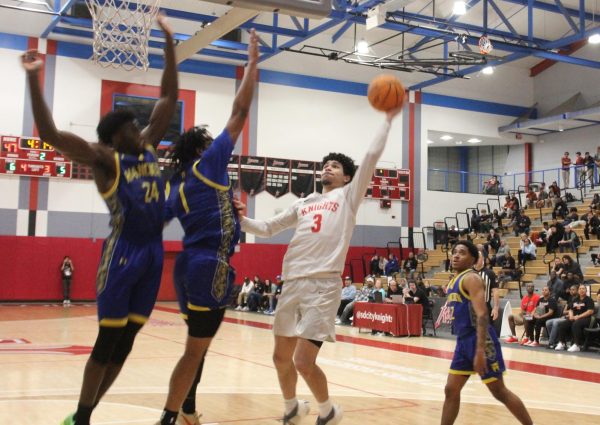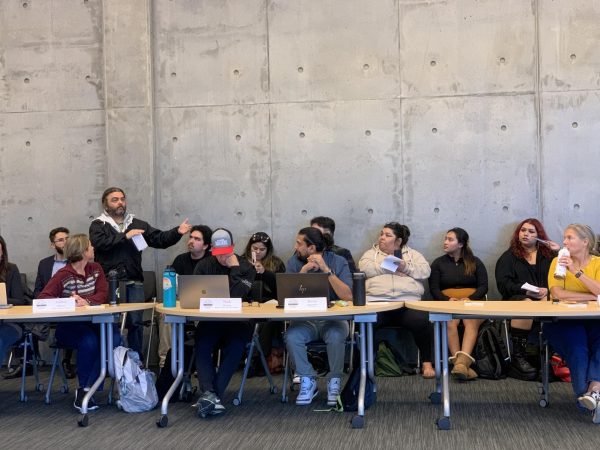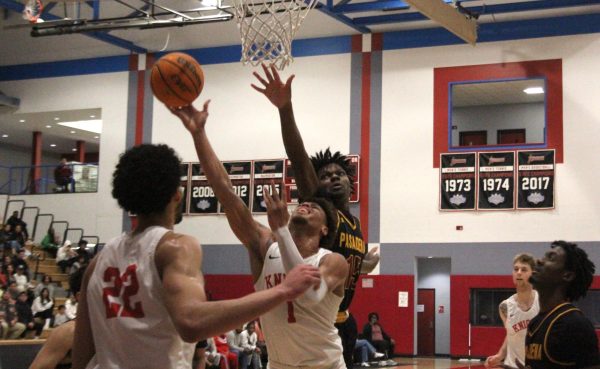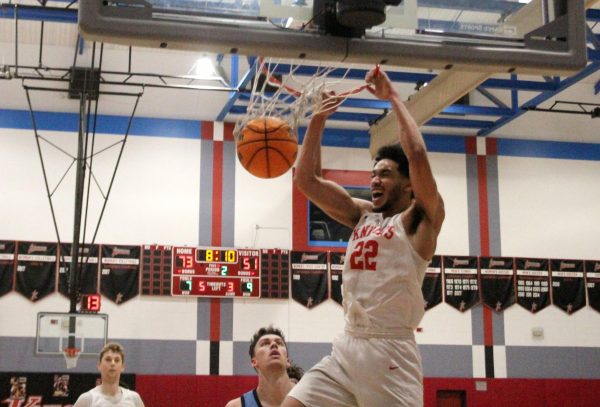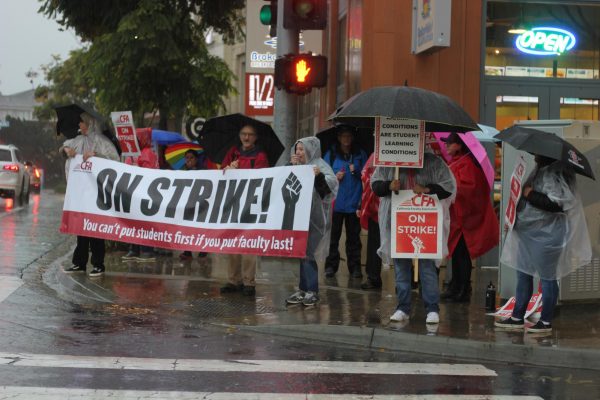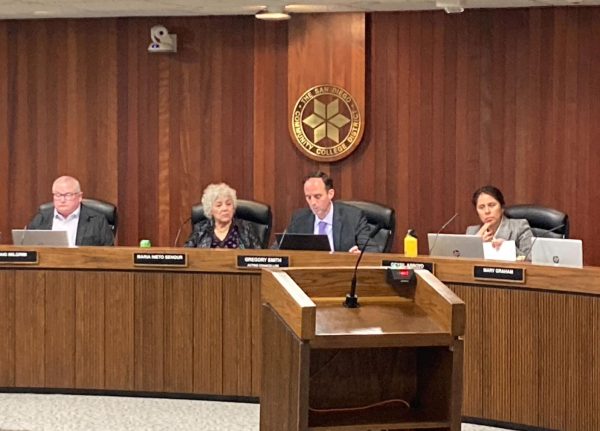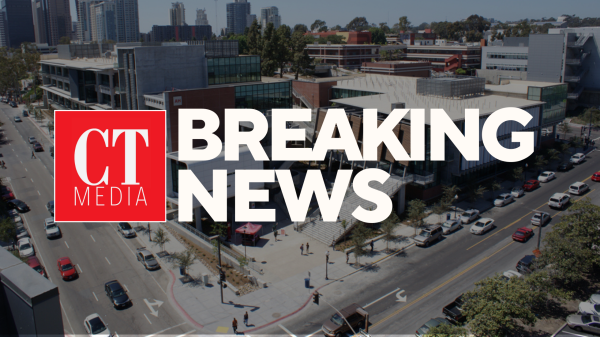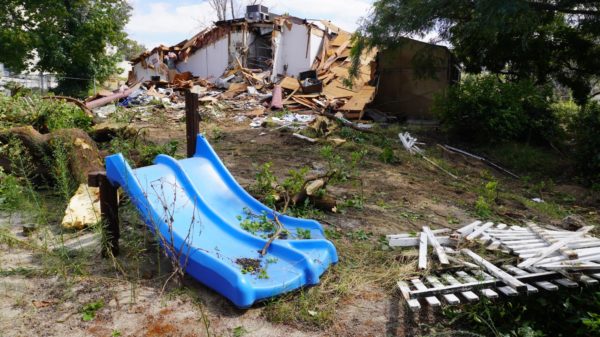BREAKING: Following outcry, SDCCD alters return-to-campus timeline (with update)
Decision announced in a September 2 email from Chancellor Carlos Turner Cortez
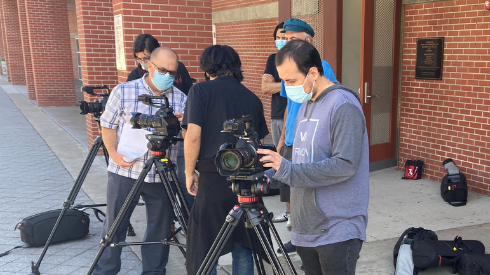
Students in the Single Camera Production class at San Diego City College get hands-on instruction. Photo by Jakob McWhinney/City Times Media
September 2, 2021
Update (September 2, 7:42 p.m.): This story has been updated to include a response to this story shared on Twitter by SDCCD Chancellor Carlos Turner Cortez.
Days after dozens of student services staff voiced their fear and frustration at the San Diego Community College District’s return-to-campus timeline, an email from Chancellor Carlos Turner Cortez to district employees said it will be altering that timeline.
In an interview with City Times before the announcement, SDCCD’s Vice Chancellor of Human Resources Gregory Smith said the decision was “a result of the comments that we heard.”
“I want to know that when people are coming to work … the environment is safe to do so,” Smith said.
Student services staff at the Aug. 26 Board of Trustees meeting were distressed by the prospect of returning to campus amid rising COVID-19 case numbers in the region, and confused by the district’s reopening timeline, which arrived in staff email inboxes on July 1.
Lisa Clarke, a counselor for Miramar College, questioned why administrators would send student services staff back to campus while the trustees still refrained from in-person meetings.
“At a time when cases are rising why would you put us out there like sacrificial lambs to try to raise enrollment?,” Clarke wrote in the public comment section. “This district does not value its employees and treats us like we are expendable.”
The September 2 email announced that employees in many positions who have been working remotely during the pandemic may still be required to work up to two days per week onsite, as per the timeline announced on July 1.
Other aspects of the timeline, however, were altered. Cortez wrote that the requirement to increase to four days per week on campus by September 7, and full-time by September 20, would be put on hold.
Employees already working on campus full time are not affected by this announcement.
Cortez said it was still too early to provide clarity on plans for the spring semester, but he hoped to provide an update by the end of September.
“However, we remain committed to our goal of returning to normal, in-person operations in early 2022,” Cortez wrote.
https://www.youtube.com/watch?v=iYoCAyndydY
Prior to that July 1 email, the district had explicitly told staff not to come to campus unless they had work that could not be done from home.
Smith said much of the confusion about the timeline arose because the announcement was emailed to staff after the spring semester had ended, when many student services staff, whose contracts did not have them working throughout the summer, are not likely to be checking their work email.
“The timing on this was probably unfortunate … Some (staff didn’t) see it until mid-August and it’s like, wait, I left in May thinking the world was one way and now it’s some way else,” Smith said.
Student services staff were also upset at the seeming double-standard of the district potentially mandating their return to campus, while the decision was made voluntary for instructional staff.
Smith acknowledged there was indeed a distinction, but said this was also largely due to timing.
“All of that planning happened … over the course of December, January, February,” Smith said. “And those were the absolute worst months of the pandemic.”
Due to this, the district decided to only bring the classes that were the most difficult to convert to remote learning back to campus, and because this amounted to a limited number of classes, they had enough teachers to fill the spots voluntarily.
However, the timeline of how to phase student services staff back to in-person, which was negotiated with various employee unions, was decided at a time when case numbers in the region were relatively low and vaccination rates were relatively high.
Because of these numbers, district officials felt comfortable enough to even consider not implementing a mask requirement on campus, a position they ultimately decided against as case numbers rose.
Additionally, Smith said that the nature of the work that district counselors do necessitates a greater degree of personal interaction.
“It’s not just general counseling for a student that needs to figure out, ‘I want to get an associate’s degree in business, what classes do I need to take?’” Smith said.
“It’s also our disability services for students, many of which are very difficult to do remotely. It’s our opportunity programs, where you have students who are coming out of disadvantaged communities who don’t have the financial resources to go to school full time and need some wrap-around support and services.”
Cortez echoed Smith’s concern for students in need of additional support when responding to this story on Twitter.
“I want to assure you and all of our students,” Cortez wrote, adding the district will have sufficient staff on campus “to serve those students who are unable to access resources online.”
Cortez went on to say that at September 1’s District Governance Council meeting, student representatives for district schools voted to support the plan announced in today’s email.
I want to assure you and all of our students that we will have sufficient stuff on campus to serve those students who are unable to access resources online. Yesterday at our DGC meeting, the student reps voted to support this plan.
— Carlos Osvaldo Turner Cortez (@ChancellorSDCCD) September 3, 2021
As it stands, the requirements to speak in person to a counselor — proof of COVID vaccination, or a negative COVID test for those who’ve turned in a valid exemption — match the requirements for students who want to return to campus for classes.
Smith said the district is striving to take the opinions of all vested parties into account, as well as the ever-evolving science of life in a pandemic.
“It’s really being responsive to what’s happening in our area within our communities,” Smith said.
“And ultimately, we’re really trying to just hit this balance of serving students (for whom) remote just isn’t working for them, but doing it in a way that’s safe for everybody. The students, the employees, everybody.”


